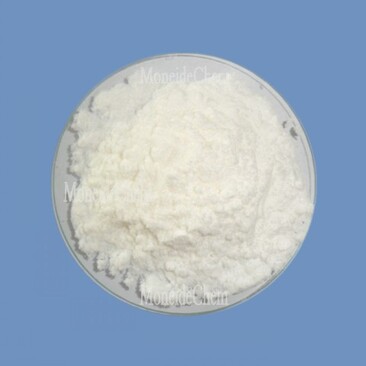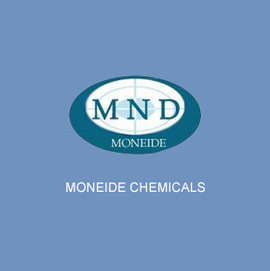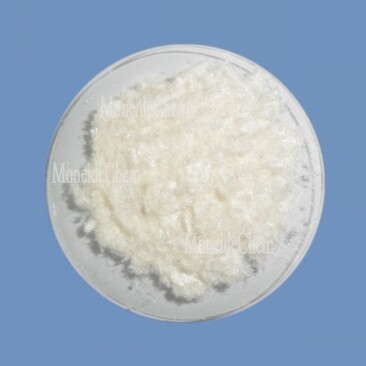モネイドケミカルズ
電話: 0086-315-8309571
WhatsApp/WeChat/モバイル: 0086-15633399667
Skype: janet-honest
住所: 2-7-523 Jidong Building Materials Commercial Center、Tangshan、Hebei 064000 China
次亜リン酸
- 発行時刻:1月 . 22, 2025 15:54
(概要説明)唐山万易貿易有限公司は、中国のファインケミカル製品の輸出を専門とする貿易会社です。長年にわたり、当社は中国の多くの優れた化学製品生産企業と良好な協力関係を築き、一部の製品の研究開発に積極的に協力してきました。当社の製品シリーズには、主に電気メッキ化学薬品、有機および無機フッ素化学薬品、有機中間化学薬品、相間移動触媒、指示薬または生物学的染色剤が含まれます。
- カテゴリー:会社のダイナミクス
- 著者:
- 起源:
- 発行時刻:2019-12-30 10:55
- ビュー:
Hypophosphorous Acid: Overview and Uses Hypophosphorous acid (H₃PO₂) is a colorless, odorless, and highly reactive chemical compound. It is the simplest member of the phosphorus oxyacid family, consisting of a phosphorus atom bonded to two hydroxyl groups (-OH) and a hydrogen atom, with the chemical formula H₃PO₂. As a reducing agent, hypophosphorous acid has strong antioxidant properties, making it useful in various industrial applications. In its pure form, hypophosphorous acid is highly corrosive and should be handled with care. It is often found in aqueous solution, where it can serve as a precursor for the synthesis of phosphites or other phosphorous-based compounds. One of the most significant uses of hypophosphorous acid is in the manufacture of phosphite stabilizers for plastics and other materials. It helps to protect materials from oxidative degradation and improve their overall longevity. Additionally, hypophosphorous acid is used in electroplating and metal treatment as a reducing agent. It can facilitate the deposition of metals like nickel, copper, or silver in the form of coatings, providing a smooth and durable finish. In the pharmaceutical industry, hypophosphorous acid is also employed in the synthesis of certain active pharmaceutical ingredients (APIs). Due to its reducing properties, hypophosphorous acid is valuable in organic synthesis, where it aids in various chemical reactions, including the reduction of aldehydes and ketones. While it has industrial uses, proper handling and safety protocols are essential due to its corrosive nature and potential toxicity.



























